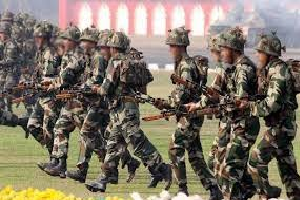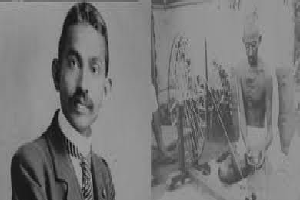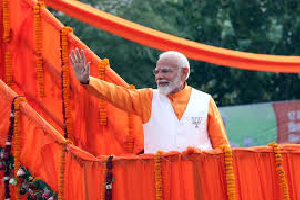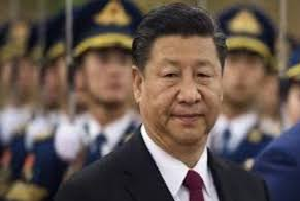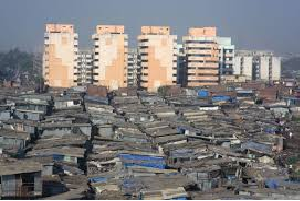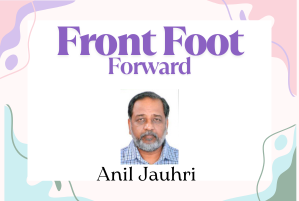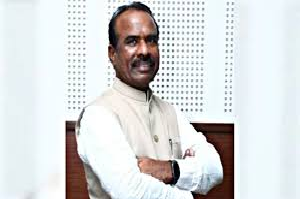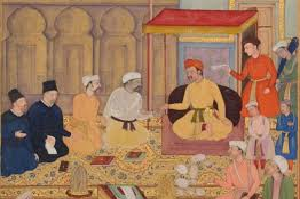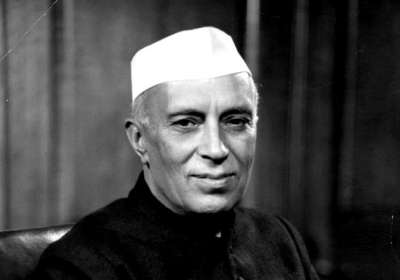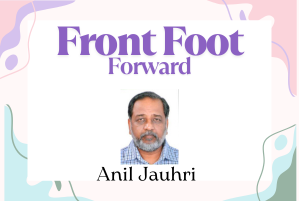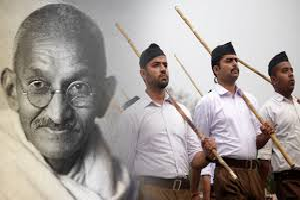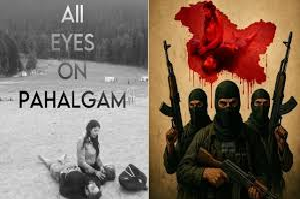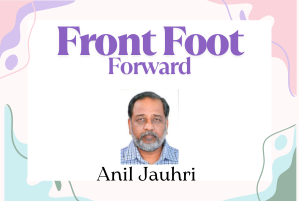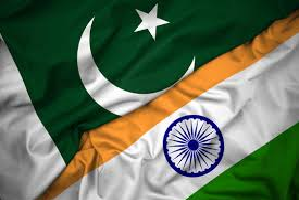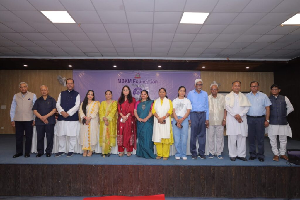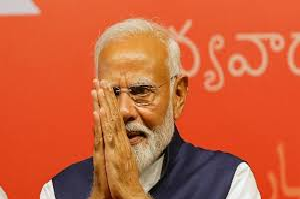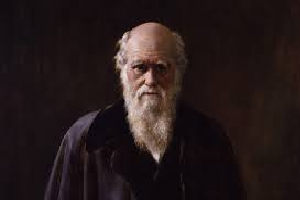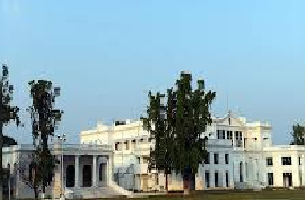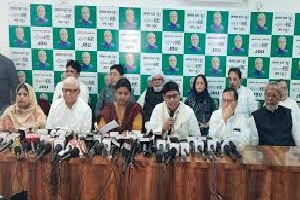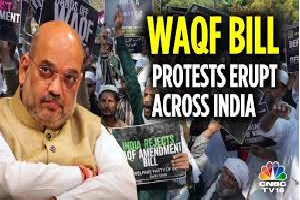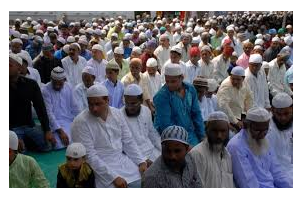20

Dr Satish Misra
New Delhi | Tuesday | 20 August 2024
The Modi government’s policy of recruiting public servants through lateral entry is presented as an attempt to address the shortage of IAS officers and bring in domain experts to enhance governance. However, a closer examination suggests that this initiative, first introduced in 2018, might have deeper implications, potentially undermining the Constitution and strengthening the ideological influence of the Rashtriya Swayamsevak Sangh (RSS) on the country’s bureaucracy.
A political controversy erupted following the Union Public Service Commission's (UPSC) advertisement on August 17 for 45 lateral entry positions—10 for joint secretaries and 35 for directors or deputy secretaries. While previous lateral entries went relatively unnoticed, this recent move has sparked intense opposition, particularly as India gears up for assembly elections in states like Jharkhand and Maharashtra. Critics argue that this recruitment method could weaken the Indian Administrative Service (IAS), once hailed as the “Steel Frame” of the nation by Sardar Vallabhbhai Patel, India’s first Deputy Prime Minister and Home Minister.
They also warn that lateral entry could demoralize existing IAS officers and lead to a broader overhaul of the system, weakening the established administrative structure. The controversy has sparked a heated debate on the implications of lateral entry on India's governance and social justice.
Traditionally, these high-level posts are filled by officers from the all-India services—IAS, Indian Police Service (IPS), and Indian Forest Service (IFoS)—and other Group A services. The lateral entry initiative, as introduced by the Modi government, is said to bring specialized talent from the private sector and non-governmental organizations into the government. The government’s rationale is that fresh perspectives and expertise from outside the traditional civil services could enhance administrative efficiency and effectiveness.
Since the initiative’s inception, 63 appointments have been made through lateral entry, with 35 of these coming from the private sector. Currently, 57 officers are serving in various ministries and departments, according to the latest available data. The earlier appointments faced little resistance, but the opposition has now seized on the issue, particularly as the country approaches crucial state elections.
Opposition leaders have sharply criticized the Modi government’s move. Rahul Gandhi, Leader of the Opposition in the Lok Sabha, has termed it an “anti-national step,” alleging that the recruitment through lateral entry undermines the reservation system for Scheduled Castes (SCs), Scheduled Tribes (STs), and Other Backward Classes (OBCs). Gandhi accused Prime Minister Narendra Modi of “attacking the Constitution” by bypassing the Union Public Service Commission (UPSC) in favor of recruiting individuals aligned with the RSS.
Gandhi expressed his concerns on social media, stating that the rights of underprivileged communities are being “openly snatched away” by the government’s lateral entry policy. He further argued that this move robs talented youth preparing for the UPSC exams of their rightful opportunities and attacks the principles of social justice, including the reservation system that seeks to correct historical injustices.
Gandhi also pointed to the example of the Securities and Exchange Board of India (SEBI), where, for the first time, a private sector individual was appointed as chairperson. He implied that such appointments could lead to conflicts of interest, as seen in the controversies surrounding SEBI Chairperson Madhabi Puri Buch.
Congress President Mallikarjun Kharge echoed Gandhi’s sentiments, calling the move a deliberate attempt by the BJP to marginalize SCs, STs, OBCs, and Economically Weaker Sections (EWS) from crucial government positions. Kharge accused the BJP of orchestrating a “double attack” on the reservation system, arguing that the lateral entry process is designed to exclude historically marginalized communities from government roles.
Rashtriya Janata Dal leader Tejashwi Yadav also condemned the move, describing it as a “dirty joke” on the reservation system and the Constitution drafted by Dr. B.R. Ambedkar. Yadav emphasized that if these 45 posts had been filled through the traditional civil services examination, nearly half would have been reserved for SC, ST, and OBC candidates. By choosing lateral entry, the government is effectively denying these communities their rightful share in governance, Yadav argued.
Critics have long warned that lateral entry could bypass the reservation system embedded in the Indian Constitution. The opposition sees this as a direct threat to social justice, which mandates that a certain percentage of government jobs be reserved for historically marginalized communities.
The lateral entry scheme was first implemented in 2018 after recommendations from the NITI Aayog and the Sectoral Group of Secretaries on Governance. Since then, the government has conducted five such recruitment drives, with the latest being the largest. In 2021, the National Commission for Backward Classes (NCBC) raised concerns about the lack of reservations in lateral entry, as reservations in government jobs are both constitutionally and legally mandated.
Earlier this year, the Department of Personnel and Training (DoPT) reiterated that reservations do not apply to single-post appointments under the lateral entry scheme. However, this interpretation has been controversial, as government appointments are generally exempt from reservations only if they are temporary, lasting less than 45 days. Critics argue that this loophole allows the government to bypass the reservation system and recruit individuals aligned with a particular political ideology.
Moreover, the lateral entry scheme has been criticized for its potential to demoralize existing IAS officers. A retired IAS official noted that while the scheme is intended to address the shortage of IAS officers—currently, only 442 IAS officers are working with the Centre, against a required strength of 1,469—it may not be an effective solution. The official suggested that the scheme could lead to a broader overhaul of the system, with lateral entrants gradually replacing traditional civil servants, thus weakening the established administrative structure.
---------------


